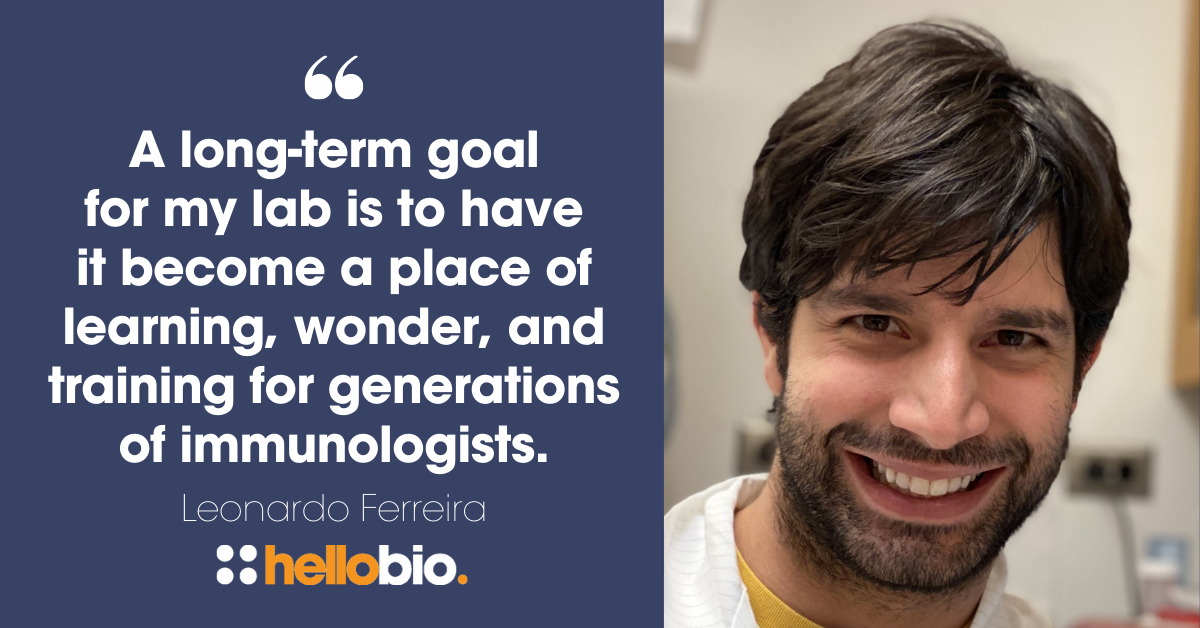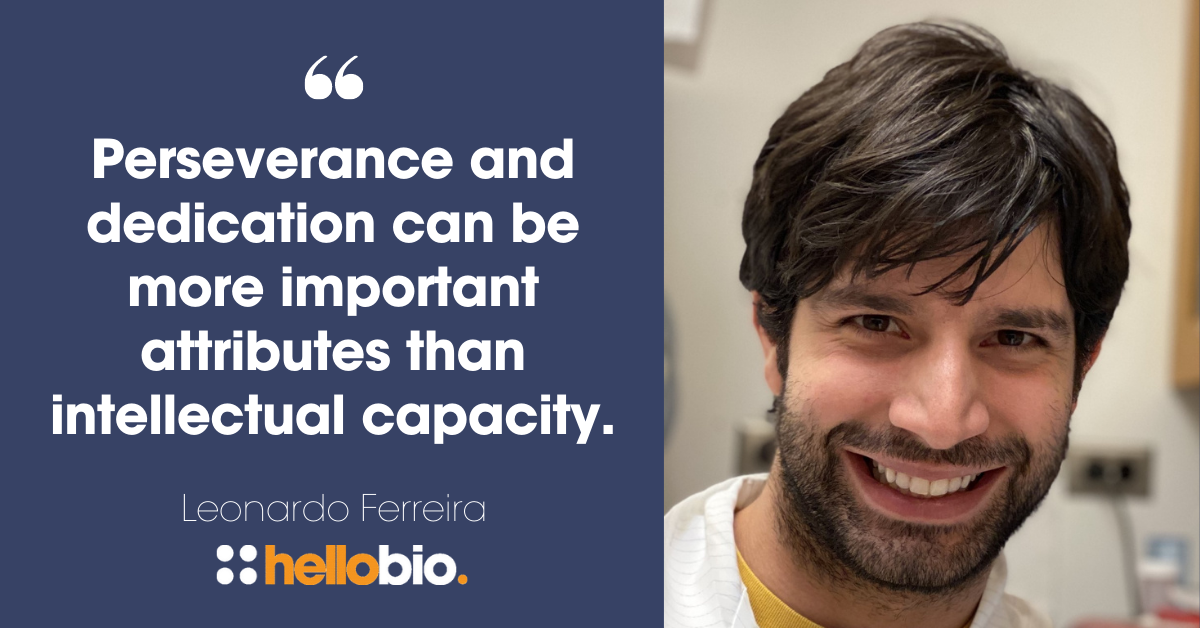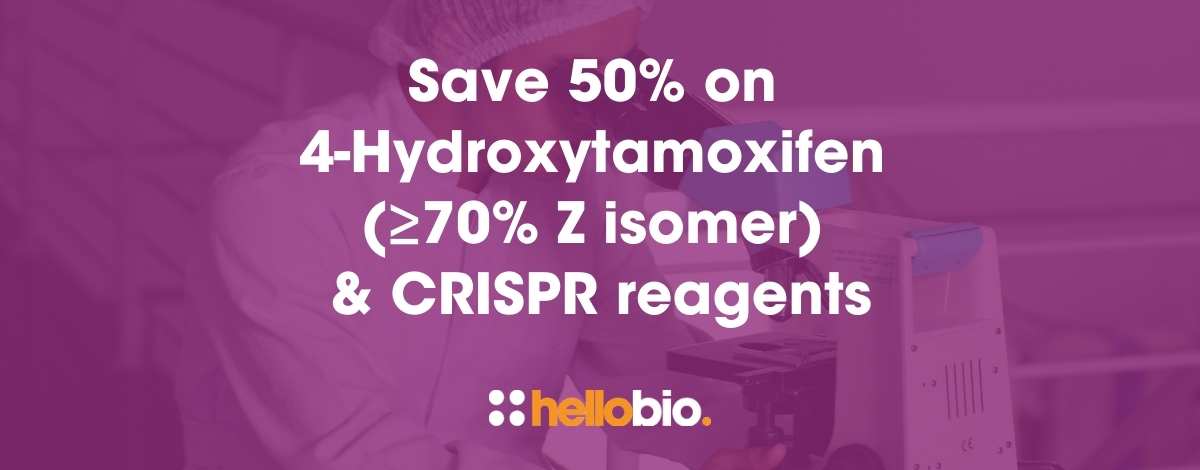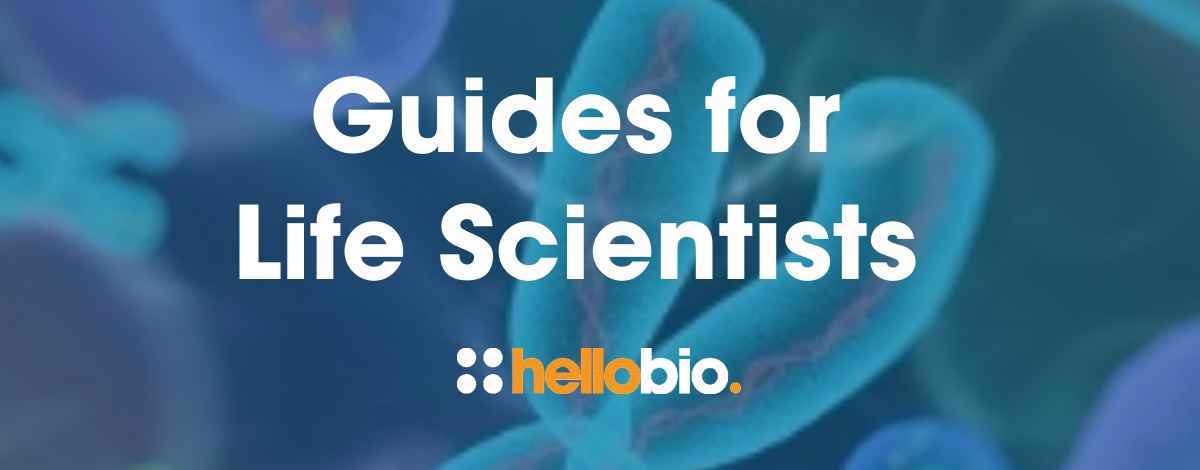Interviews with Scientists: Leonardo Ferreira
Leonardo Ferreira is an Assistant Professor of Microbiology and Immunology at the Medical University of South Carolina (MUSC) and the Hollings Cancer Center. He has recently set up his own lab and is busy building a team who will focus on designing new CARs for Tregs for use as living therapeutics for type 1 diabetes, and on optimizing how Tregs are genetically modified.
He studied biochemistry at the University of Coimbra, Portugal, before completing his PhD at Harvard University, USA, where he worked on transcriptional regulation in human pregnancy. A postdoctoral role later took him to the University of California San Francisco where he worked on next-generation regulatory T cell therapies for type 1 diabetes and organ transplant rejection.
He hopes to design and develop engineered immune cell therapies for autoimmune disease, cancer, and aging, and we were lucky enough to speak in detail with him about his current research, his new lab, and some of the important lessons he has learned in his career so far...
Thanks for speaking with us, Leonardo! Firstly, please tell us a bit more about your current role...
Currently, I am a tenure-track Assistant Professor of Microbiology and Immunology and, by courtesy, of Regenerative Medicine and Cell Biology at the Medical University of South Carolina (MUSC) and the Hollings Cancer Center. This role involves running a basic research laboratory, by both doing experiments and managing trainees doing experiments, obtaining funding to do said experiments, publishing the results and speaking about them at conferences and in the media, participating in university and department committees (there are shared research cores, graduate program syllabi, new faculty recruitment, and so on), and teaching immunology courses to graduate students (MUSC does not have undergraduates). To accomplish this, it’s important to not just be a good experimentalist, mentor, teacher, writer, and speaker, but also to be able to help create a sense of community with other faculty and with the trainees. Science is a team activity now more than ever. The goal is to make important scientific discoveries that shake the field of immunology and help improve human health!
Did you always want to work in science when you were younger, and if so why?
I always wanted to be a scientist. As a kid, I would skin my knees playing soccer quite often and always marveled at the power of my body to heal the wounds and regenerate the tissue - so I knew that one day I had to become a scientist and make discoveries about those processes. In high school, I remember going to the public library and picking up books from the college section. The one that left an impression on me was a biochemistry textbook; I couldn’t stop staring at the chemical structures of sugars and proteins and DNA… so complex and yet so tangible! A neat combination of my appreciation for biology’s fascinating phenomena and chemistry’s ability to have precise formulas and numbers for every substance. That led me to studying biochemistry in college. There, I was extremely fortunate to lead my first independent project in a laboratory, present my first poster, publish my first paper… and I was hooked! The fundamental reason I love doing Science hasn’t changed since those days - there is nothing like being the first person in the world seeing something, and potentially being closer to better understanding the universe and improving the human condition.
What is it about your field of work that excites you most?
What excites me the most about immunology is the fact that the immune system is everywhere in the body! Between the blood, the lymph, and tissues, there are immune cells patrolling and keeping pathogens and cancerous cells under control, whilst also keeping peace with commensal microbes and healthy cells. Every time there is a genome-wide association study (GWAS) for any trait or disease, from height to diabetes and cancer susceptibility, one or more immune genes are implicated. So I can’t help but get the feeling that, if we become better at controlling the immune system, we can really make a big impact in how we treat disease and even on how we age. How can we tap into this bodily global positioning system? How can we design immune cells as living drugs? Is it possible to reeducate an immune system? My lab uses engineered immune receptors to systematically study how specificity, affinity, and signaling modulate T cell function in immunity and tolerance, which are really two sides of the same coin. I want to shed light on the biology of different subsets of T cells and help unleash their potential as cell-based therapies for autoimmune disease, cancer, and aging. Exciting!
You have recently started your own lab - congratulations! Has this always been a dream of yours?
Thank you! Starting my own lab has been a goal of mine for 13 years, since freshman year in college at the University of Coimbra in Portugal, when I first became involved in the world of academic research in the laboratory of Prof. Ana Urbano. There are various ways of doing Science and even more ways of contributing to Science, such as working for a company or starting your own, but for me having my own academic research lab was and still is my preferred way of doing Science.
What will be your first research projects in The Ferreira Lab?
The adaptive immune system has evolved to specifically recognise and destroy a virtually infinite variety of pathogens (non-self), whilst remaining unresponsive towards tissues (self). A subset of helper T lymphocytes dedicated to suppressing immune responses, regulatory T cells (Tregs) are essential to maintain self tolerance and immune homeostasis. Yet, Tregs also constitute a barrier to anticancer immunity by heavily accumulating in tumors, inhibiting their clearance by tumor antigen-specific T cells. Manipulating human Tregs offers the opportunity to modulate the immune system with antigen specificity in organ transplant rejection and autoimmunity. In addition, Tregs have the potential to help correct the defects in tissue repair and curb low-grade chronic inflammation observed in degenerative diseases and aging. Yet, antigen-specific Tregs are vanishingly rare. Moreover, the best antigen target is often unknown. Synthetic biology can be used to impart a desired specificity to human Tregs, greatly expanding what targets can be pursued using Treg-based therapies.
Chimeric antigen receptors (CARs) are synthetic immune receptors comprising an extracellular antibody-based antigen-binding domain and an intracellular signaling domain. By combining T cell signal 1 and signal 2 in its endomain, a CAR allows for potent T cell activation directly downstream of antigen recognition. The CAR platform allows one to systematically study how specificity, affinity, and signaling modulate Treg and effector T cell function. It can also be used to target these cells to specific tissues and disease states independently of endogenous antigens recognized by resident lymphocytes, which have proved difficult to identify, especially in outbred humans.
The first projects in the Ferreira Lab will be two-pronged. We will focus on designing new CARs for Tregs to use them as living therapeutics for type 1 diabetes (I am currently an Emerging Leader in Type 1 Diabetes, a grant award given by the Human Islet Research Network, part of the National Institute of Diabetes and Digestive and Kidney Diseases), and on optimizing how Tregs are genetically modified. In this fashion, there will be a constant iteration between learning human Treg biology and improving Treg engineering.
What are your long-term goals for the lab?
I am extremely fortunate to have had outstanding mentors in college (Coimbra, Portugal), graduate school (Harvard) and postdoctoral fellowship (UCSF) who have trained me and helped shape the way I see and do Science. A long-term goal for my lab is thus to have it become a place of learning, wonder, and training for generations of immunologists. Some of those in turn will open their own laboratories and train scientists, so the Ferreira Lab will over time become an extended science-oriented Ferreira Family! Another long-term goal is, as I said above, to shake the field of immunology, by adding new sections to immunology textbooks or even help rewrite existing ones. Ultimately, this will lead to new and better ways to treat and prevent disease. I strongly believe that a deep knowledge of the inner workings of the immune system and a high proficiency in modifying it can meaningfully impact a variety of human struggles, from cancer to aging. I want the Ferreira Lab to play a role in helping this vision become a reality in the short-, medium-, and long-term.

Which achievement are you most proud of in your career so far?
My favorite discovery so far happened on a late Thursday night in fall 2013. My first semester serving as a teaching fellow involved me leading a section with 13 Harvard College freshmen, as part of a large introductory biochemistry course. My section met on Thursdays 7 to 10 pm, so I almost always ended up pushing back experiments to late night on Thursdays. With the help of Tarjei Mikkelsen at the Broad Institute of MIT and Harvard, we had just found a small 121 base pair DNA region with enhancer activity (i.e. increases gene production) after tiling a DNA locus of almost 30,000 base pairs containing my gene of interest, HLA-G (a nonclassical cell surface immune molecule involved in tolerance induction at the placenta during human pregnancy). CRISPR/Cas9 had just been shown to work in human cell lines early that year two subway stops away at the Broad (it would be shown to work in clinically-relevant primary human cells one year later by us). This was a game-changer for genetics research, as it had now become much faster and cheaper to modify any genomic DNA sequence in living cells we wanted. So if this small non-coding enhancer sequence was really important, then mutating it from the genome should be sufficient to reduce expression of the HLA-G gene enough to reduce the amount of HLA-G expression on the surface of placental trophoblast cell line.
My postdoc mentor in the lab back then was Torsten Meissner (now himself also an Assistant Professor at Harvard Medical School) and I reasoned that the best way to go about this was to target not one, but two regions in the DNA flanking the putative enhancer. This way, in what we called “double CRISPR” back then, we’d completely excise the 121 bp piece of DNA out of the genome, as CRISPR/Cas9 induces double strand breaks in the genome and when a cell uses non-homologous end joining (NHEJ) to repair the damage, the DNA segment in between the cut sites will just be lost. Of note, this strategy also allowed us to use polymerase chain reaction (PCR) to screen for cells homozygous for the deletion, that is a cell where the small piece of DNA had been deleted in both chromosomes.
So I did the CRISPR/Cas9 deletion, picked some homozygous mutant cell clones and did the killer experiment that late Thursday night: staining wild-type and double CRISPR-edited cell clones with an antibody against HLA-G and doing flow cytometry to assess its surface expression level. To my surprise, HLA-G protein levels were not just reduced, the protein was completely gone! No difference between anti-HLA-G stained mutant cells and unstained cells. Perfectly overlapping zero signal histograms, while cells that went through the whole CRISPR targeting process but didn’t get their DNA modified had as much HLA-G on their surface as untouched cells.
That’s still my favorite discovery; looking at those dots on the computer screen at night as the flow cytometer was reading the cells and being the first person in the world to unearth this tiny piece of DNA thousands of base pairs away from my gene of interest as an essential regulatory sequence.
What's the most important lesson you have learned in your career so far?
The most important lesson I have learned in my short career so far is that perseverance and dedication can be more important attributes than intellectual capacity. In Science, most experiments fail, there are always people who don’t believe in you, and you are always behind and not doing enough. But if you carry out enough well designed experiments, spend the extra hour, be present, you might find something interesting and important. And when you don’t, or your discovery is not as earth-shattering as you had initially hoped for, or your whole line of thought was wrong, at least you were still doing what you enjoy doing the most: Science.
What do you think are the biggest challenges facing life scientists today?
I think a big challenge facing life scientists today hinges on the fact that federal research funding and the number of academic positions have not grown at the same rate as the number of PhD students and postdoctoral fellows has. Specifically, the chances of getting an independent investigator position at a university or getting a grant funded have decreased significantly over the past few decades. Everybody loses with this overcrowding, this mismatch in supply and demand, because it results in more of a scientists’ time being spent doing things other than Science. For instance, scientists have to submit more grants to get enough funding to do the same amount of Science. This results in less innovation per dollar invested in research. Even worse, such a dire situation could discourage an entire generation of people from entering Science, potentially grinding the whole system to a halt in a not-so-distant future.
In my opinion, either decrease the number of spots in PhD programs, boost federal research funding or increase the number of independent positions at universities, where most of discovery and innovation happens. I personally don’t know which option would work better.
Who has been your greatest role model, and why?
My greatest role model has been Jack Strominger, my PhD advisor at Harvard. Everything about him is inspirational. He finished college and medical school at an accelerated pace during World War II and got his own lab shortly after at the age of 26. He is almost 96 years old now, so he has had a laboratory for almost 70 years. And yet, his excitement about Science and his sense of humor remain vibrant. He will not rest until all his questions get answered. He has always purposely avoided “graduating into administration” to dedicate himself to Science full time. Yet, it should be mentioned that many of his former trainees are now chairs of departments, speaking volumes about his skill as a mentor.
When I was in his lab, between 2012 and 2016, he would come by the lab almost every day and ask what people were doing. As it goes in biology, some days my lab work was rather routine or just an intermediate step of a multi-day experiment. But I always had to not only do the manual work but also not lose sight of the goal and the bigger picture, as well as to be well read, to have something interesting to tell him every time. With regards to his style of mentoring, being present but simultaneously giving a lot of freedom, he once told me “Leo, I used to be a microbiologist, so I expect a new result every day!”. His sense of humor was also impeccable. If anyone were to ask me to picture a scientist, Jack would and always will be the first person to come to mind.
If you weren’t a scientist, what do you think you would be doing instead?
I think I’d be a lawyer. I was always terrible at arts in school, never watched sports, and don’t care about making money as an end in itself, but I have always enjoyed questioning, arguing, talking in public, and solving problems. My mother is a lawyer, so that has obviously had some influence on me.
What does a typical day at work look like for you?
There’s no typical day “at work” (in 13 years of being a scientist I still haven’t gotten to seeing Science as work), and that’s actually part of what I like about doing Science. This is especially true for an Assistant Professor. As someone who is just starting his lab, my days can involve writing grants, moving lab equipment around, interviewing candidates, meetings, doing experiments, replying to interview requests such as this one, and so on. What I can say is that, on a typical day, I spend more time sitting in my office than in my laboratory.
Outside of your career, what do you enjoy doing most?
That’s a good question. I wouldn’t say I have any hobby or outside passion project at the moment. Growing up, I did sports, first swimming and then karate. In graduate school, I was in the Harvard Ballroom Dance Team and travelled to some far away places in Asia and Latin America for the first time. As a postdoc, I was part of the UCSF Improv Team and flew down to Bolivia every January to teach hands-on biology courses to high school and college students as an instructor at Clubes de Ciencia Bolivia. Biking up and down the hills in San Francisco was good fun too. Currently, I think I’m just too excited about starting my own lab to have any real hobby. But Charleston is a beautiful city with balmy weather that I look forward to continue exploring. Sometimes I leave my office between 7 and 8 pm to go for a bike ride around the city, usually by the water. I do have two non-scientific tasks ahead of me though: training to bike 100 miles with Lowvelo to raise money for cancer research and learning how to drive a car!
What’s your favorite science quote?
I like Albert Einstein’s “no amount of experimentation can ever prove me right, but one experiment can prove me wrong”. This is especially true in biology; no matter how beautiful and parsimonious a theory or model might seem, even if several experiments are all consistent with that interpretation, a new finding to show that such a model was wrong could be just around the corner!
What do you think is the greatest scientific discovery of all time?
I think the greatest scientific discovery of all time was the finding by Avery, MacLeod, and McCarty in the 1940s that DNA is the genetic material! Figuring out the structure of DNA (hinting at how DNA encodes information and replicates), cracking the genetic code (revealing how DNA instructs cells to build proteins), and cellular reprogramming (giving us the capacity to change how cells read their DNA and in process change their identity) deserve honorable mentions, but there’s just something extraordinary about knowing exactly what chemical our cells use to keep their instructions and thus being able to purify it and hold it in a test tube in your hand.
Are there any other specific issues in life science that you are passionate about?
Something that I’m passionate about outside scientific research is Science education. I believe that when a group of people is deprived of the joy of witnessing scientific discovery, it is not just they who suffer, but the whole world. No one knows where the next great breakthrough will come from. Together with fellow Harvard graduate students back then in 2016, we created ‘Clubes de Ciencia Bolivia’, an organization focused on bringing high quality science education to Bolivia, a Latin American country with a diverse indigenous population that, unfortunately, ranks low in Science and innovation metrics consistently - even when compared to similar countries in the region. Instructors from premier research institutions travel to Bolivia at the beginning of January (their summer break) every year to teach week-long intensive hands-on courses. We started with three courses and one hundred students in 2016 and got to 16 courses and four hundred students in 2020. I look forward to continuing teaching, this time as part of an advanced immunology course, at MUSC.
_______________________________________________
Thank you so much for a fantastic interview, Leonardo! We wish you all the best with the new lab and look forward to following your progress.
Connect with Leonardo Ferreira:
- LinkedIn: Leonardo Ferreira
- Twitter: @enhancerleo / @leoferreiralab
- Instagram: @leoinamerica
- Facebook: Leonardo Ferreira
- Website: www.leonardomrferreira.com
- Website: www.ferreiralab.com
_________________________________________________
If you enjoyed this article, why not check out the other resources available on our blog. We are passionate about supporting life scientists, early career life scientists and PhD students with:
- low-priced reagents and biochemicals (yes - they really are around half the price of other suppliers!)
- early career scientist grants, and
- resources to help with both personal and professional development.
We know how tough it is - so we hope you find these helpful!
Advice & guidance for life scientists
Click below to view our essential guides and articles to support life scientists, PhD students & early career life scientists:
Wellbeing for scientists
Click below for our resources to help improve your wellbeing:
Technical resources
Try our Molarity Calculator: a quick and easy way to calculate the mass, volume or concentration required for making a solution.
Try our Dilution Calculator: an easy way to work out how to dilute stock solutions of known concentrations
And - when you get to the stage of planning your experiments, don't forget that we offer a range of agonists, antagonists, inhibitors, activators, antibodies and fluorescent tools at up to half the price of other suppliers - click below to see how we compare with other suppliers:




















